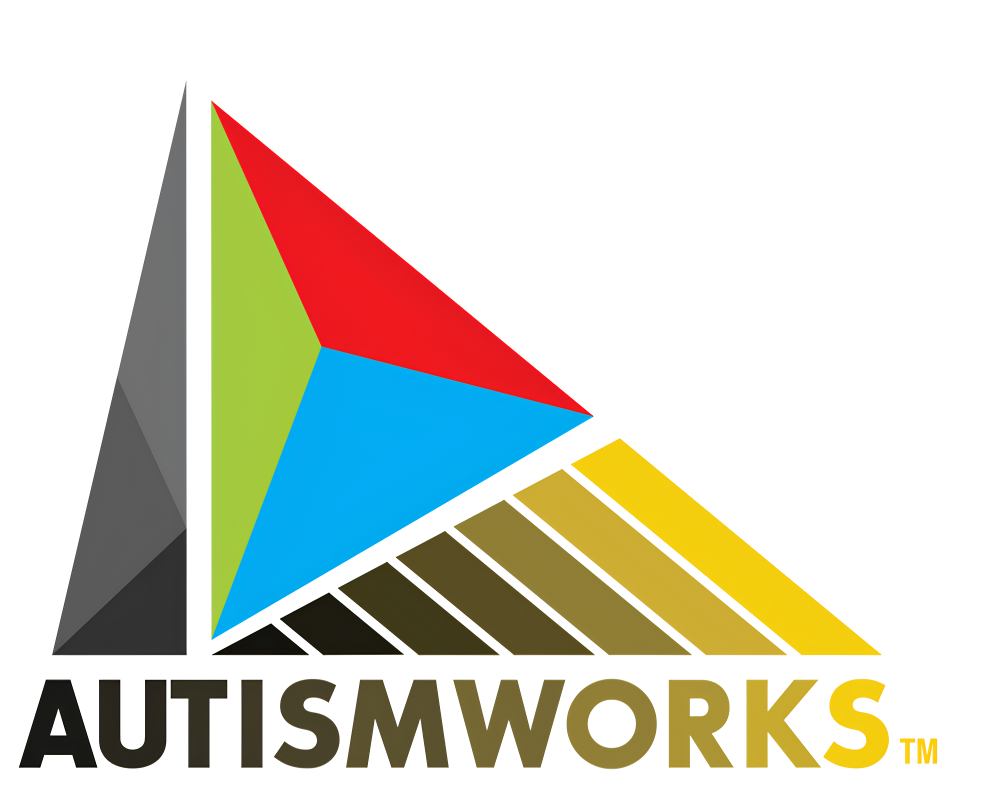
Meltdowns: What to Do Before, During, After
Nov 05, 2025
You Don’t Need to Fix Them—You Just Need to See Them
Jul 26, 2025
A Call to Compassion for Autism Caregivers
Jul 26, 2025
Exploring New Horizons: Traveling with Autism
Jan 30, 2025













